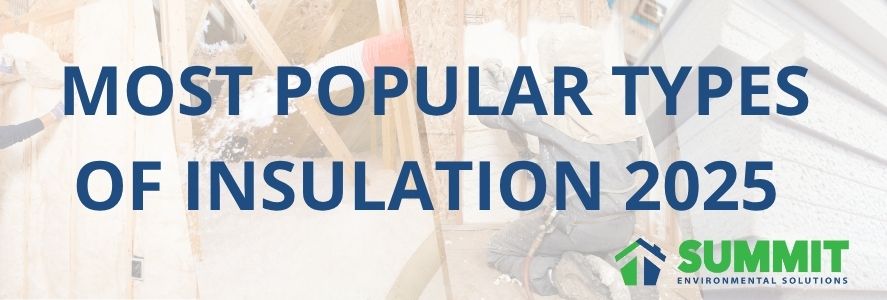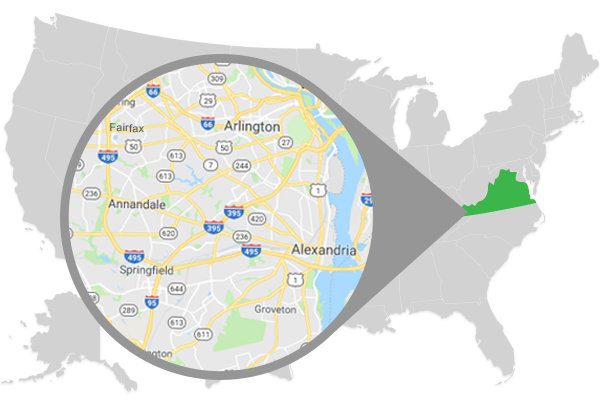Most Popular Types of Insulation 2025

Batted/Rolled Fiberglass Insulation
These large, pink or yellow rolls are some of the most common types of insulation, and they are probably what comes to mind when you think of the term. Batts and rolls of fiberglass are best used for insulating large, flat areas. Fiberglass insulation is often used inside attic spaces and wall voids.
Open-Celled Spray Foam
Spray foam insulation is a type of quick-drying insulation that can be sprayed on hard-to-reach areas that batts or rolls just can’t fit in. There are two main types, open-cell and closed-cell. Spray foam insulation has small bubbles called cells that make up the foam, and when these bubbles aren’t enclosed and left open, it’s known as open-celled spray foam. Open-celled spray foam provides an airtight seal against outside air, and it is more flexible and versatile than its closed-cell cousin.
Closed-Cell Spray Foam
Closed-cell spray foam is also a type of quick-drying insulation that can be sprayed on hard-to-reach places that batts or rolls just can’t fit in. Closed-cell spray foam has bubbles/cells that are totally enclosed, which, in addition to an airtight seal, offers the extra benefit of a watertight seal that can keep rainwater out of your attic. However, closed-cell spray foam is more rigid and not as flexible as open-cell spray foam insulation.
Blown-In Cellulose Insulation
Blown-in insulation is typically made out of shredded newspaper or other cellulose material, and then blown in loose piles into attic spaces, wall voids, or anywhere else that needs insulating. Blown-in insulation is a great, affordable option to insulate your home, and it can be used to reach awkward-fitting spaces that bats or rolls can’t fit into.
Foam Board Insulation
Foam board insulation is a type of insulation shaped into flat, rigid panels that are best for covering large, flat areas that require insulating. Foam board insulation’s main advantage is that it is water-resistant, preventing moisture from entering your home. Foam board can also act as a noise-dampener and an air barrier, preventing your AC from leaving the home.




